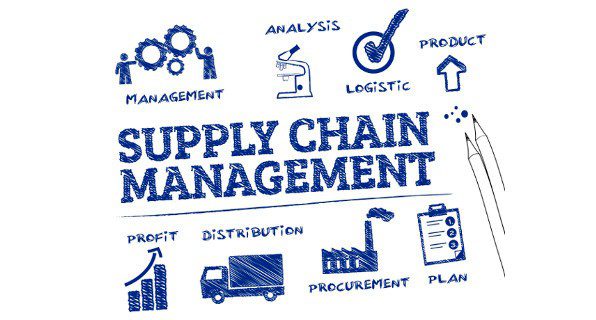The team of miners, raw materials producers, electronic component distributor companies, manufacturers, and sellers combine to form what is known as a supply chain. Rather than a linear structure, it is a network. Learning about the various elements can improve understanding of how modern products are made and distributed to consumers.
(Top 8) Components of Supply Chain Management
Preparation
Before anything else can happen, a plan must be put in place. Companies should understand all that goes into producing their end product, including determining demand, cost, the human resources needed, and the time constraints involved. It is crucial to devote attention to this important stage.
Data
One key upside to our global business atmosphere is that companies have unparalleled access to information. With this data, they can assess market demand, analyze potential supply chain components for weakness, and forecast customer behaviors. Information is knowledge, and knowledge is power and profits.
Suppliers
Gaining knowledge about who supplies a company’s raw materials is crucial. It helps to ensure that the building blocks of their products are high-quality. Furthermore, a strong relationship with these suppliers can be of paramount importance in the event of bottlenecks that disrupt the flow of materials.
Inventory
It takes numerous components to assemble a complex piece of electronics. Vigilant inventory management is crucial since it ensures that the company’s procurement team has a complete understanding of the amount, cost, and whereabouts of all of them. Besides, a commitment must be made and enforced to update the inventory regularly.
Production
Making electronic devices cannot happen if these steps are not in place. Once they are, it is possible to manufacture products that are of consistently high quality. They can then be made available for timely testing, packaging, and delivery.
Location
A successful manufacturer must carefully evaluate where the factory will be headquartered. Ideally, it should be within close proximity to the raw materials that go into the products produced. Besides, there should be a ready supply of human resources available to fill the production jobs.
Well-Managed Transportation
If supplies and products are blocked from flowing efficiently because of a mismanaged transportation system, every link in the supply chain will break down. The priority of all members of the team must be to get components and products from Point A to Point B with minimal loss or damage. For that to happen, clear communications and logistics along with an efficient invoicing system are all required.
Products Return & Exchange
Despite everyone’s best efforts, materials and products can still be flawed when they reach the end-user. To prevent customer dissatisfaction and the potential for time-consuming and costly conflicts, manufacturers must create and implement procedures for assisting customers in returning faulty goods in exchange for products that meet or even exceed quality standards. These protocols bolster a company’s reputation and lead to satisfied buyers and the potential for referrals.
Modern supply chains are complex networks of procedures, products, and people. Paying attention to every link may seem burdensome, but the benefits are palpable. Manufacturers dedicated to producing goods that are the industry’s envy now find that cultivating this vital network is one of their most important priorities.








